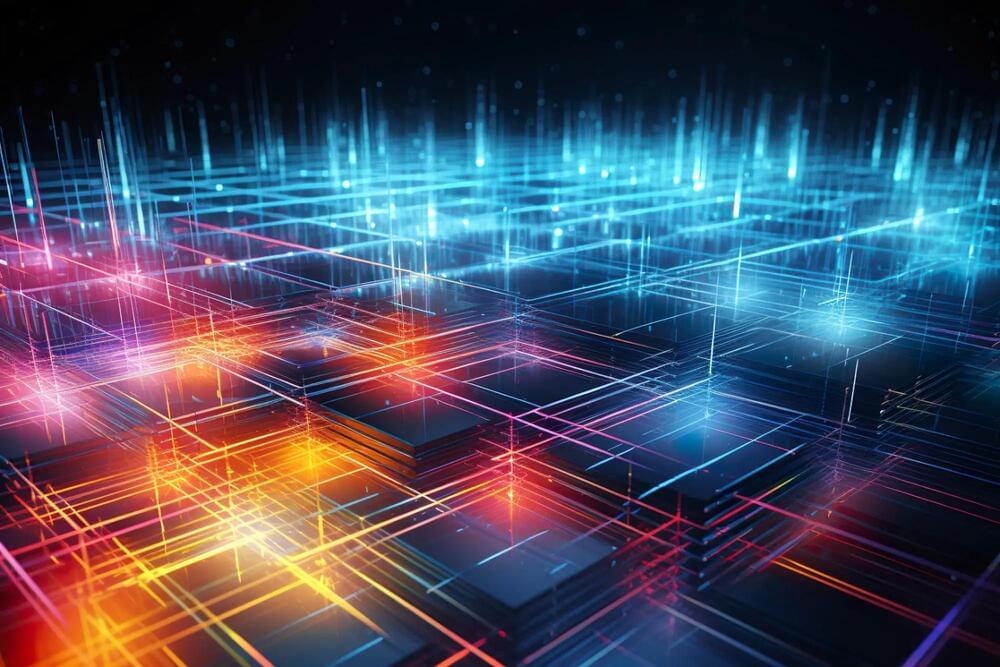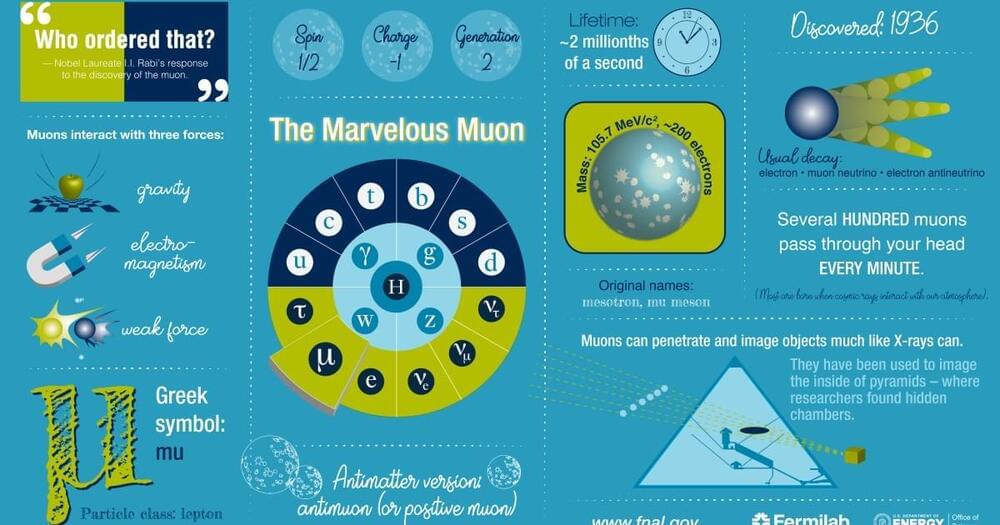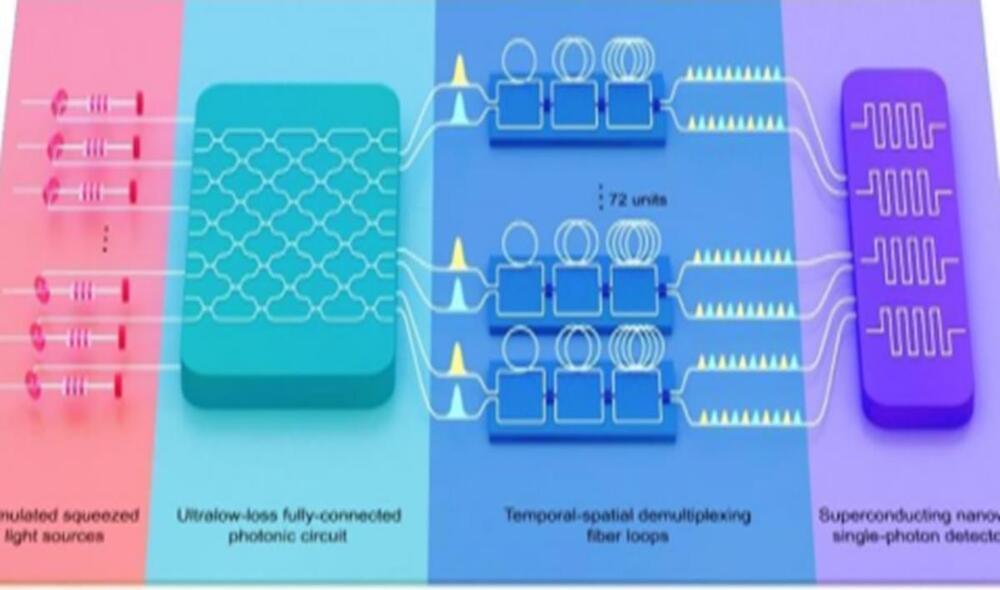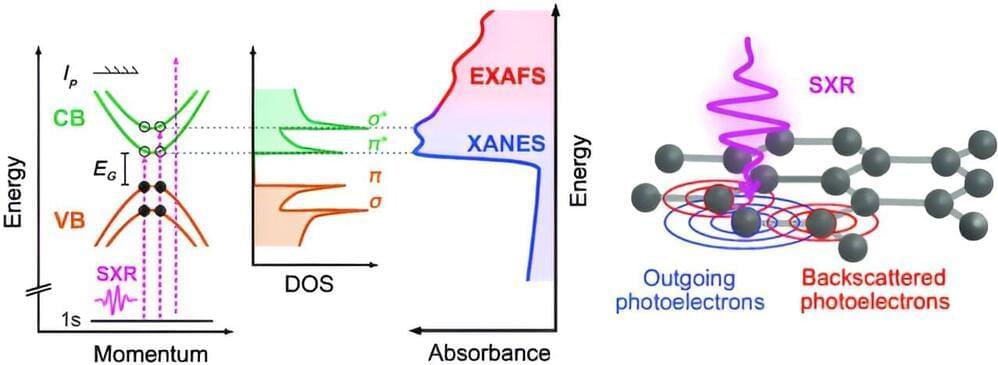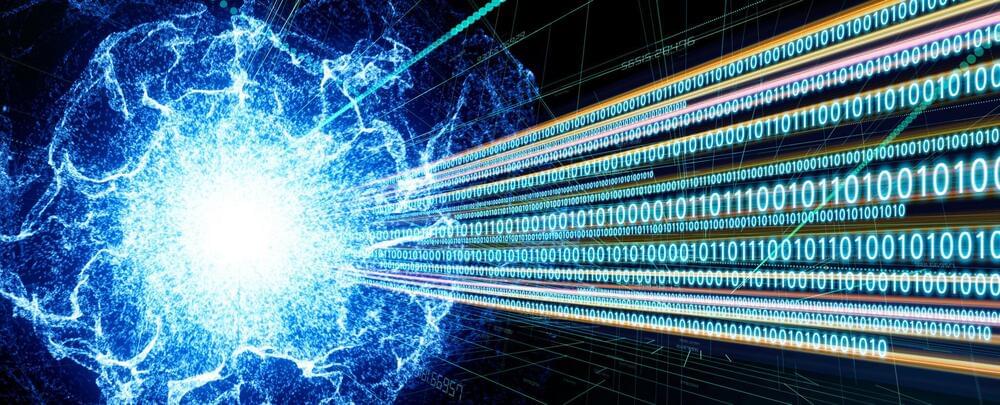Hindsight, as they say, is 20/20, but sometimes it would be nice to have known the outcomes before making a choice. This is as true in day-to-day life as it is in quantum mechanics. But it seems that the quantum world has something we do not have: a way to alter yesterday’s choices today, before they become tomorrow’s mistakes.
None of this is real time-travel. Physicists remain skeptical about that possibility. However, it is possible to simulate a closed time-loop with quantum mechanics, thanks to the property of entanglement. When two particles are entangled, they are in a single state even if they are separated by huge distances. A change to one is a change to the other, and this happens instantaneously.
So a particle can be prepared for an experiment, entangled, and sent to the experiment. Then scientists can modify its entangled companion, changing the way the particle in the experiment behaves.

